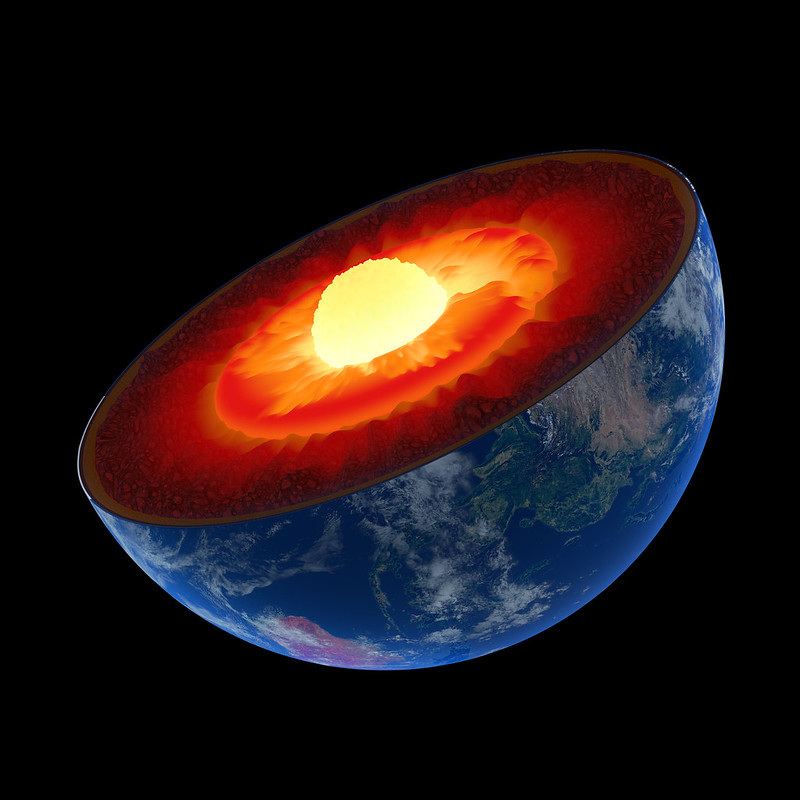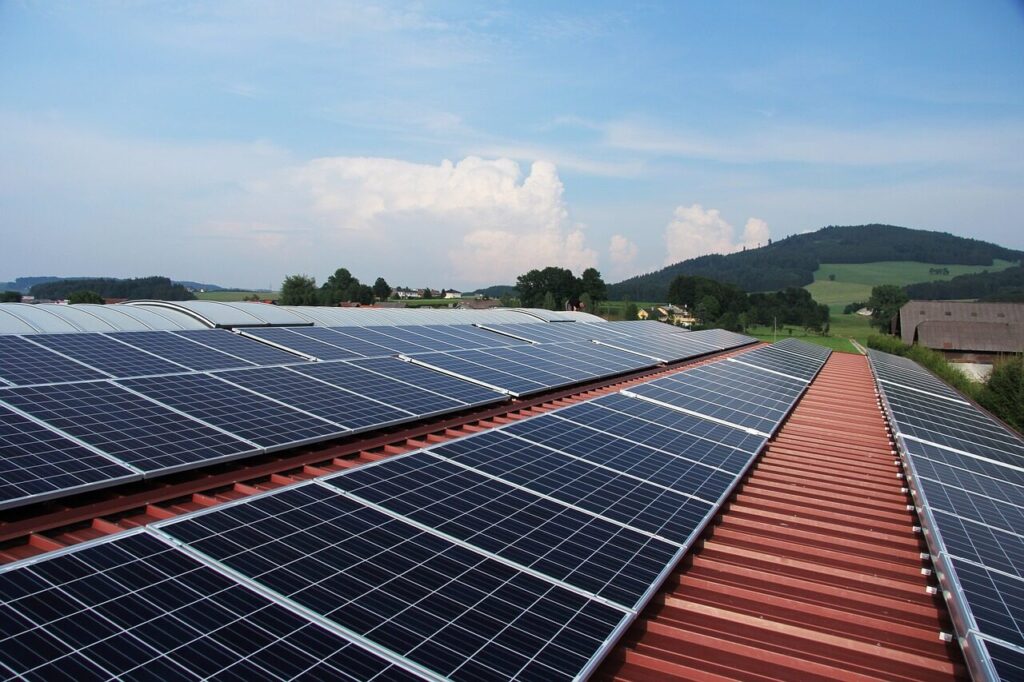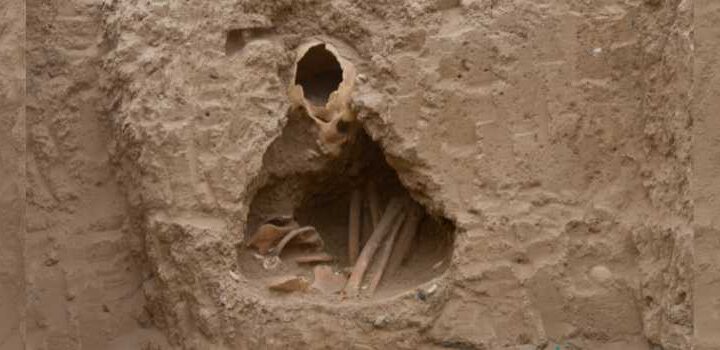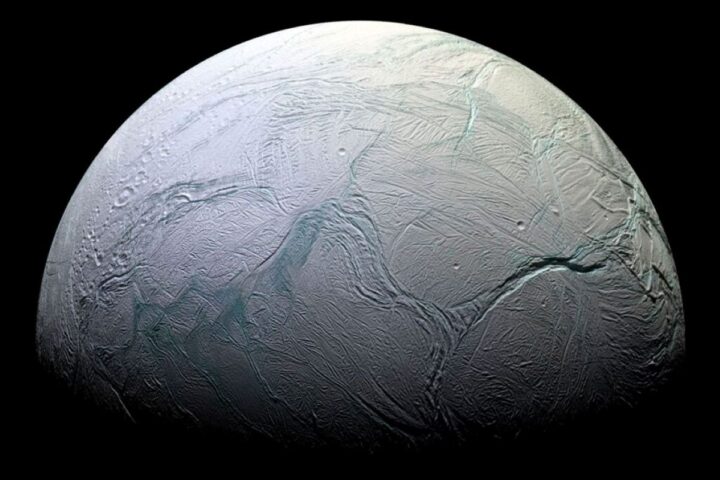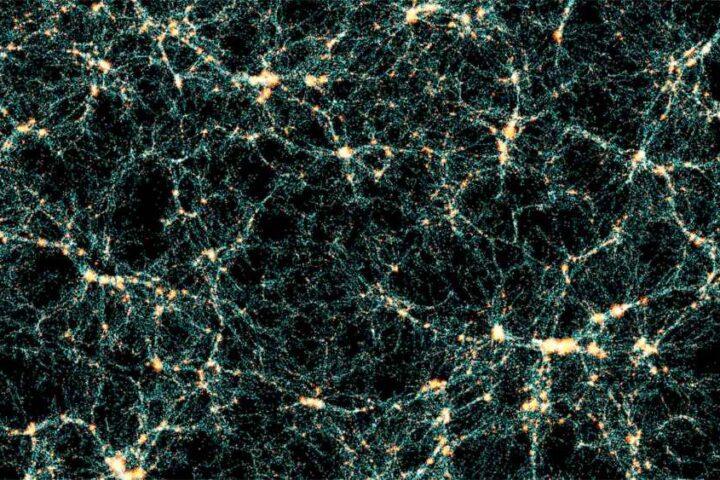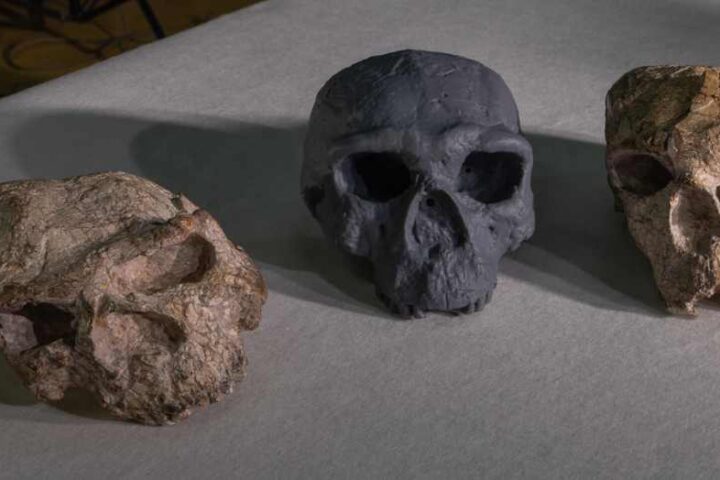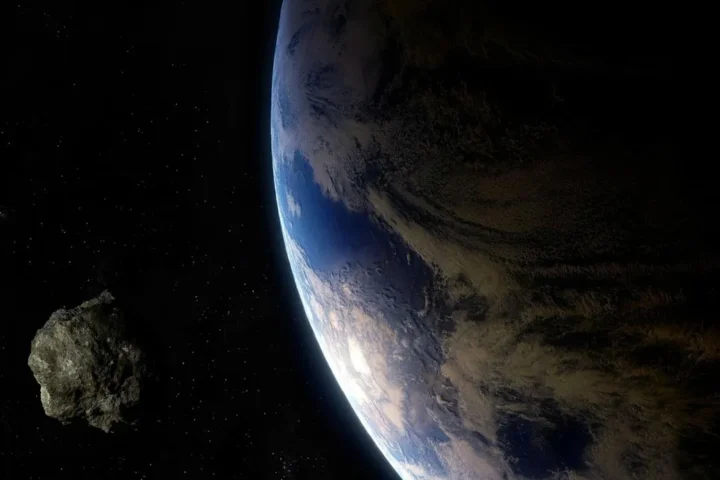Scientists have discovered two enormous structures buried deep within Earth’s mantle that dwarf Mount Everest and challenge our understanding of the planet’s interior. These mysterious masses, known as Large Low-Shear-Velocity Provinces (LLSVPs), lie roughly 1,200 miles beneath Africa and the Pacific Ocean.
“Nobody knows what they are, and whether they are only a temporary phenomenon or if they have been sitting there for millions or perhaps even billions of years,” explains Arwen Deuss, a seismologist at Utrecht University.
These subterranean giants stretch upward for about 620 miles. Scientists detected them by studying how earthquake waves travel through Earth’s interior. Andreas Fichtner, a professor at ETH Zurich, compares this discovery to a doctor finding “an artery in the buttock that doesn’t really belong there” using new examination tools.
When major earthquakes occur, they cause Earth to vibrate like a bell. These vibrations allow researchers to peer into otherwise inaccessible depths. The discovery came with a surprise: instead of behaving as expected, seismic waves passing through these structures maintain their strength while slowing down significantly.
“Against our expectations, we found little damping in the LLSVPs, which made the tones sound very loud there,” says Sujania Talavera-Soza, who worked on the research at Utrecht University.
This unusual behavior suggests these structures contain minerals with extraordinarily large crystals, different from surrounding areas where earthquake waves lose energy crossing numerous smaller crystal boundaries. The size of these crystals points to remarkable stability – these structures may have remained largely unchanged for at least half a billion years, possibly dating back to Earth’s formation over 4 billion years ago.
Similar Posts
The findings challenge previous theories about Earth’s mantle being well-mixed, like a constantly stirring pot. Instead, these ancient structures appear to persist despite the movement of tectonic plates above them.
These deep structures influence life at Earth’s surface. Scientists believe that mantle plumes – columns of hot material that create volcanic hotspots like Hawaii – originate at the edges of these ancient masses.
“The Earth’s mantle is the engine that drives all these phenomena,” Deuss notes, highlighting how understanding these deep structures helps explain surface activities like volcanism and mountain building.
The research continues as scientists work to determine the exact composition and origin of these massive structures, which could hold clues about Earth’s earliest days. Their discovery marks a significant shift in our understanding of Earth’s internal dynamics and evolution.
These findings are published in the journal Nature, representing a major advance in our knowledge of Earth’s deep interior and its influence on surface processes that shape our planet.
